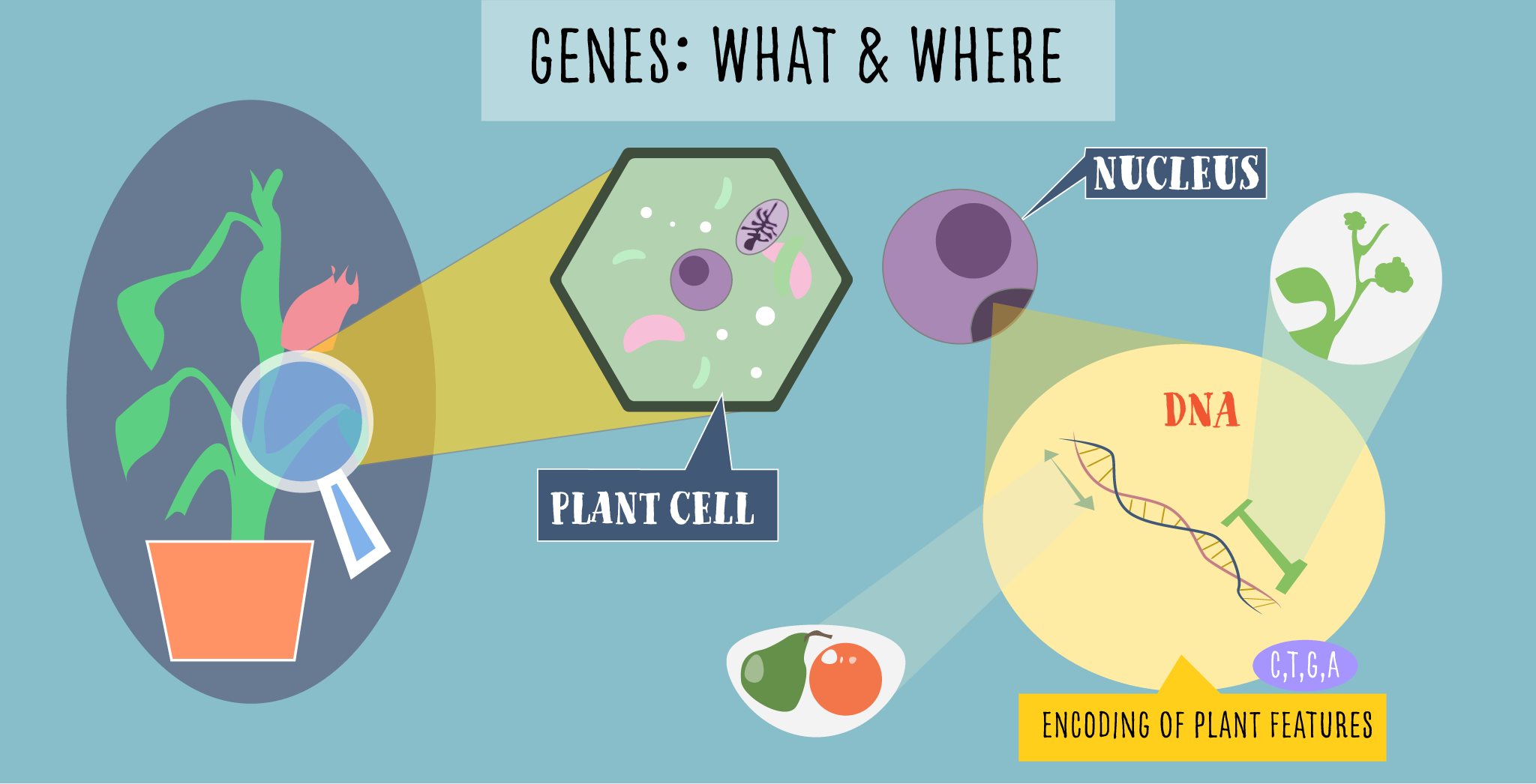Stakeholder Engagement Update
CHIC is the Chicory Innovation Consortium. The project’s main objectives are 1) to implement New Plant Breeding Techniques (NPBTs) in chicory in order to establish it as a multipurpose crop for the production of health-related products with clear benefits for consumers, and 2) to develop co-innovation pathways with stakeholders for game-changing technologies, such as NPBTs.
The overall objective of Work Package 6 (WP6) is to engage stakeholders in achieving a more responsible innovation process.
Specific objectives are:
- To identify facilitating and possibly hindering factors for chicory innovation from various stakeholder viewpoints
- To assess stakeholder acceptability of alternative chicory commercialisation scenarios
- To identify management options to better harness the benefits and mitigate possible negative impacts
Updates
The overall objective of the WP6 is to engage stakeholders for better aligning technology innovation with societal needs, which includes the identification of possibly facilitating and hindering factors and the assessment of stakeholder acceptability of commercial development of genome-edited chicory and derived products (inulin and/or terpenes).
An in-depth analysis of the Stakeholder Consultations was carried out in WPs 4 and 5. The results from those work packages were then integrated into the research instruments used in WP6. The development is organised as a multi-step participative process involving all project partners, the Stakeholder Advisory Group (SAG), and external stakeholders. Several steps involving partners and the SAG were achieved and further steps involving external stakeholders were prepared. Further development of and continued interaction with the Stakeholder Advisory Group was performed. However, the COVID-19 pandemic and the ensuing restrictions (an unforeseen risk) had an impact on the project activities as planned stakeholder consultations could not be held in person. The transformation of these events into virtual-only events required considerable effort but worked out well in the end.


 This project has received funding from the EU Horizon 2020 research & innovation programme under grant agreement N. 760891.
This project has received funding from the EU Horizon 2020 research & innovation programme under grant agreement N. 760891.